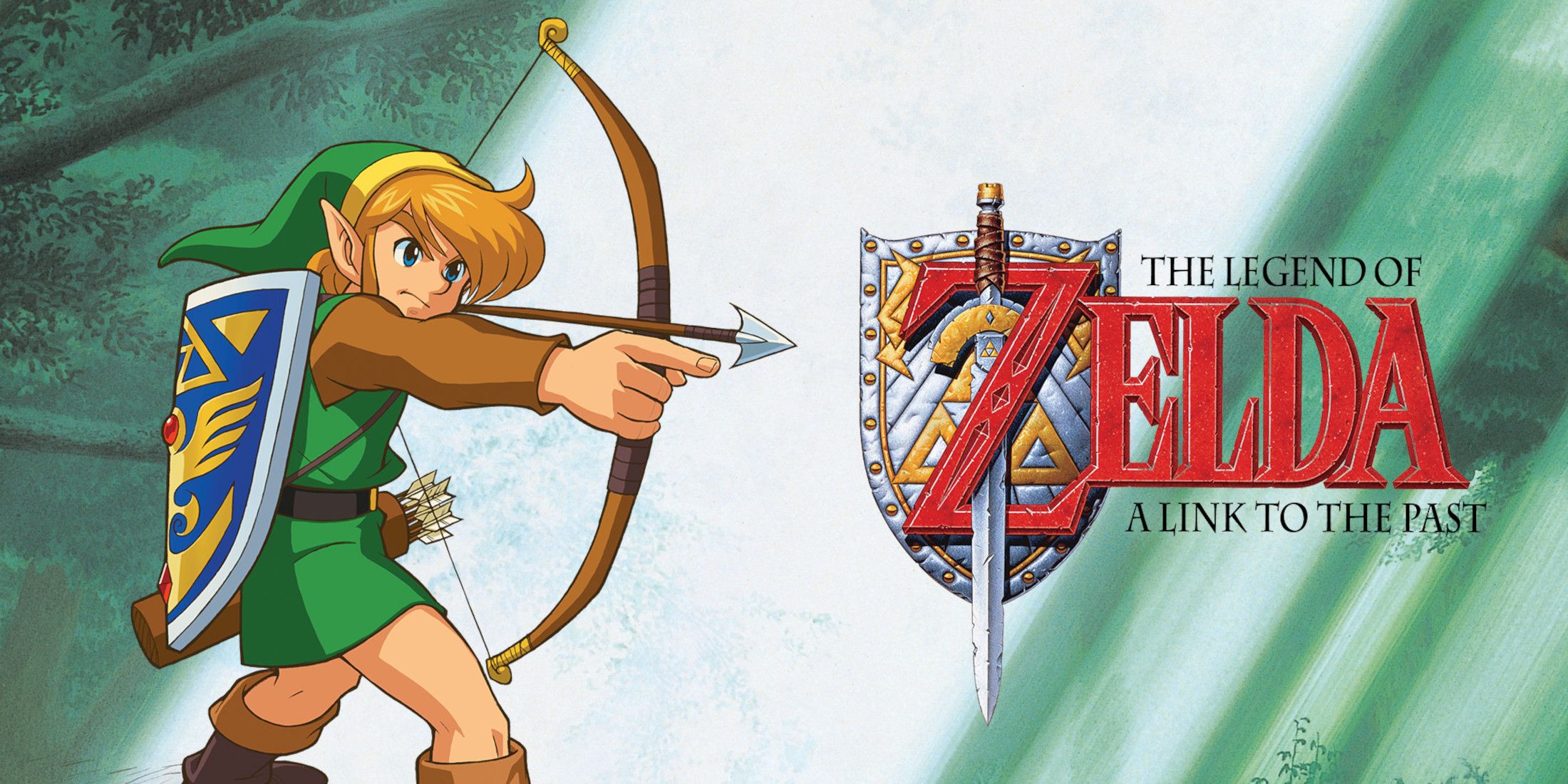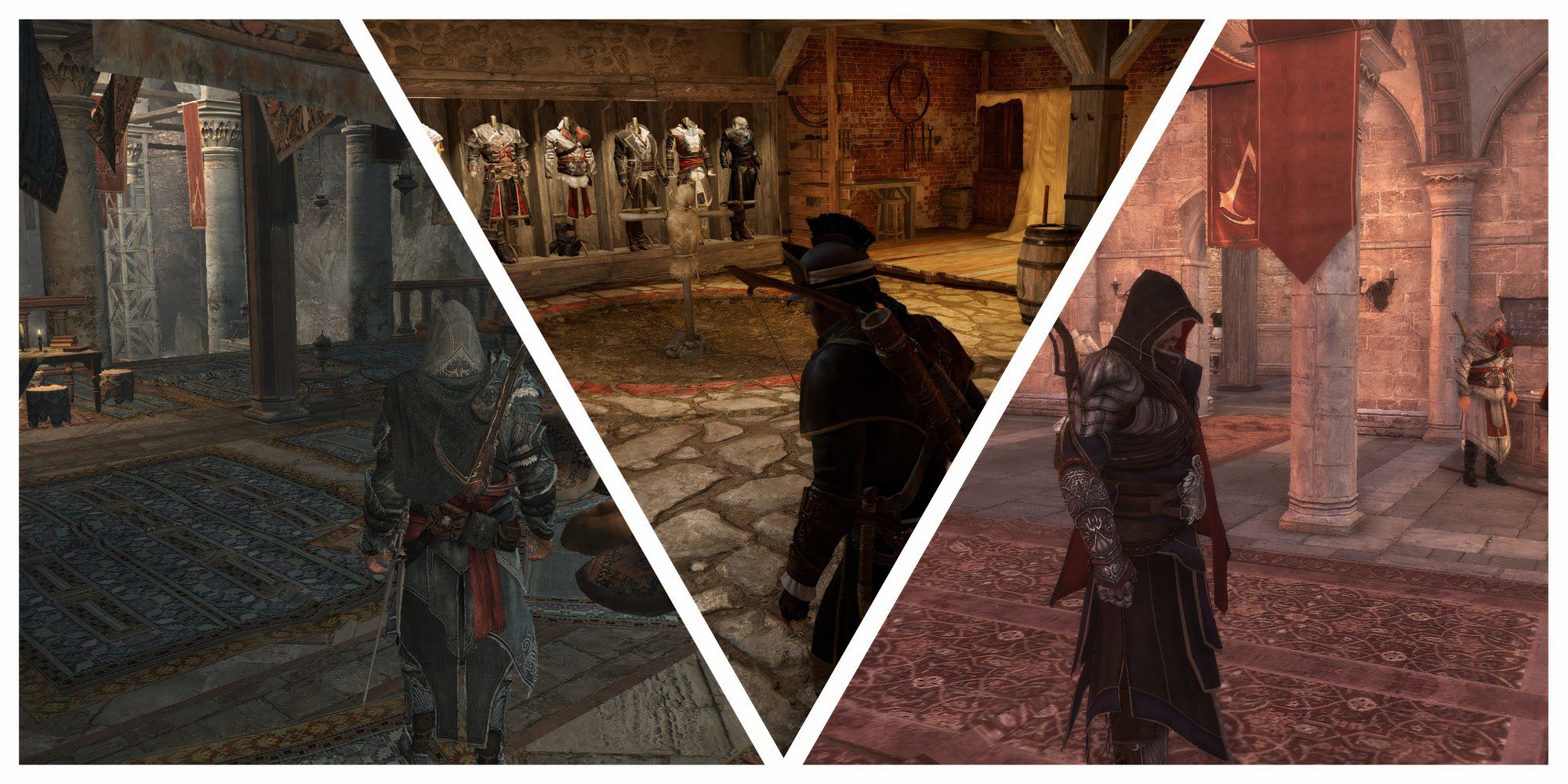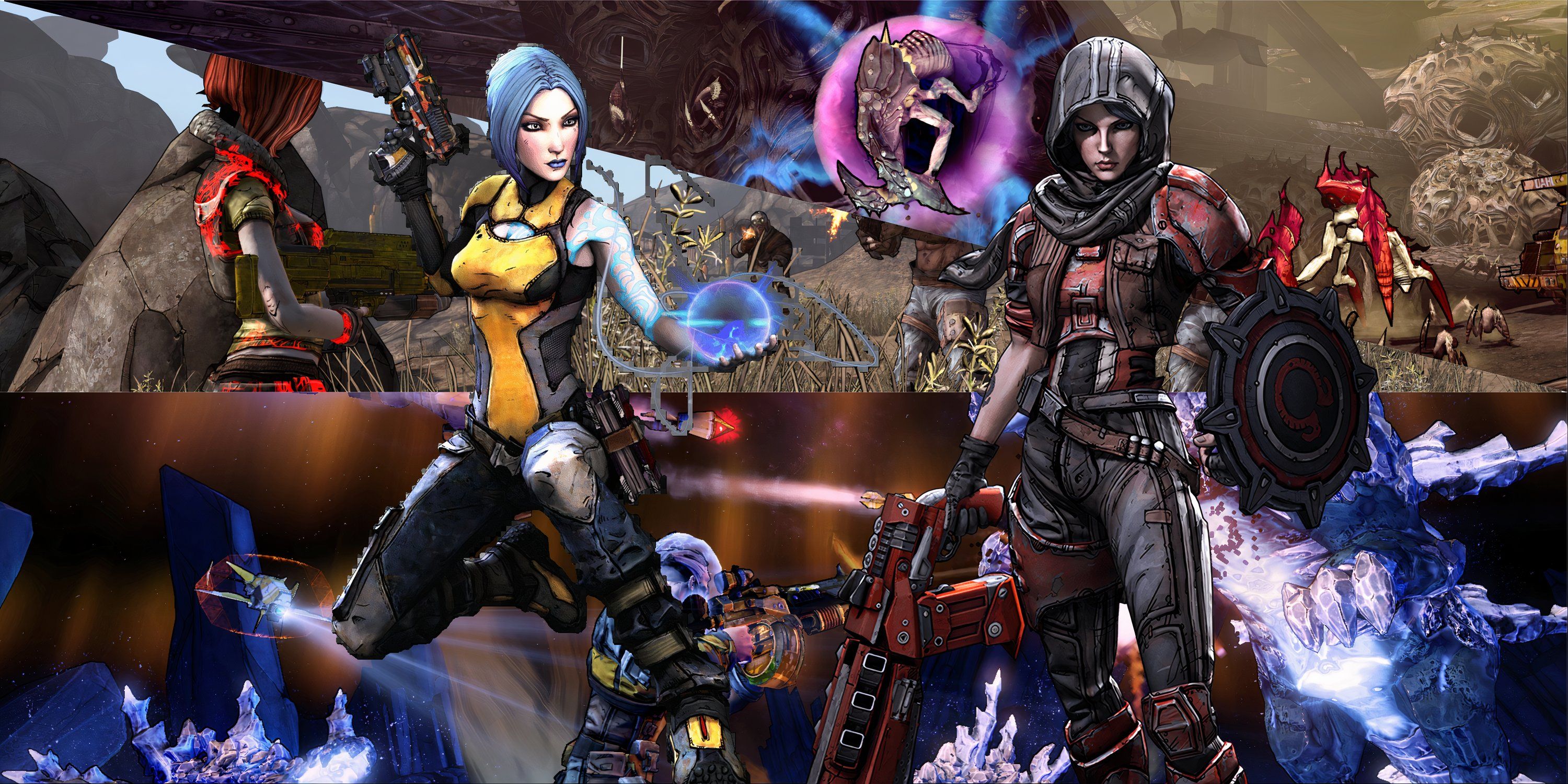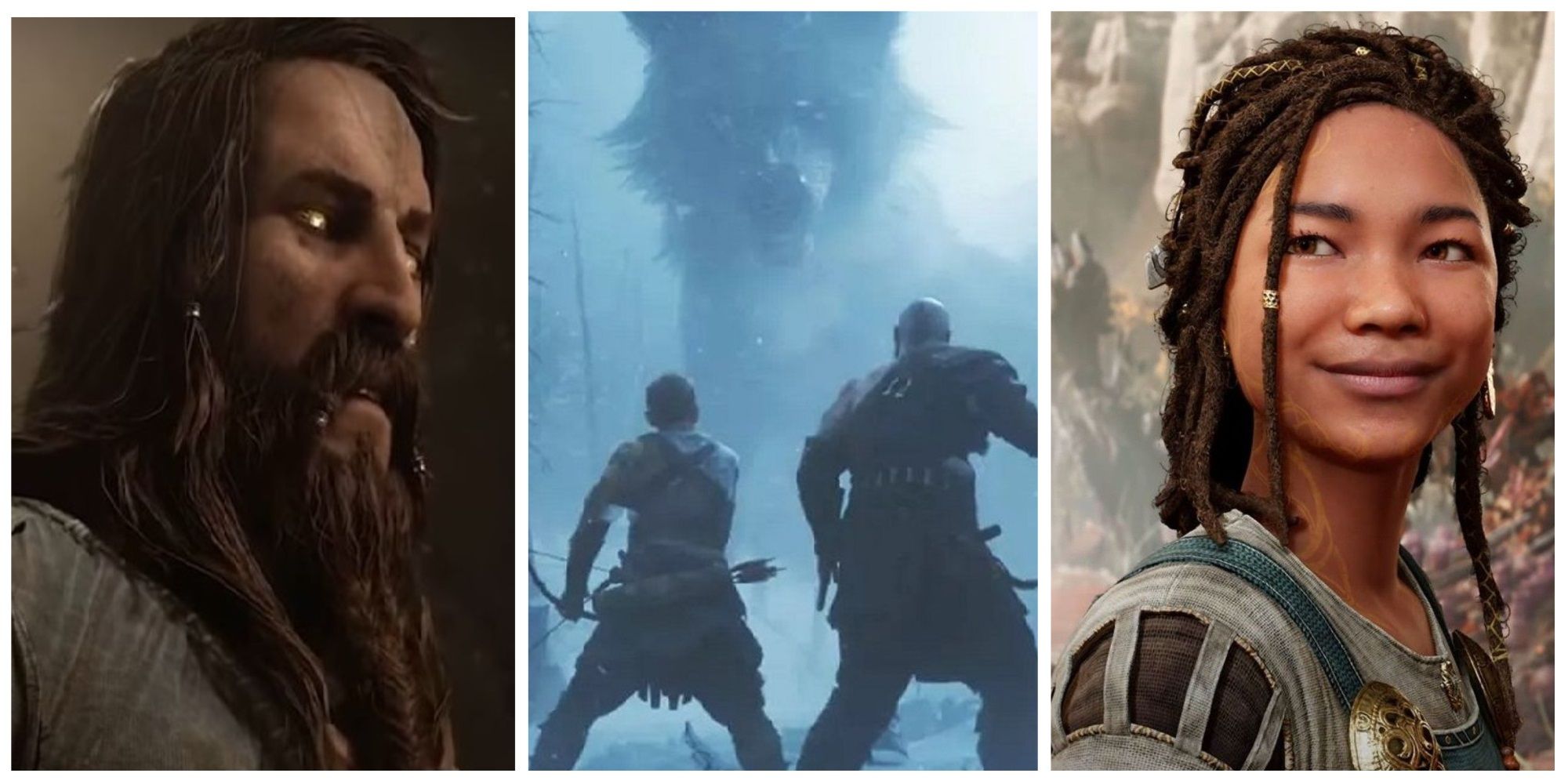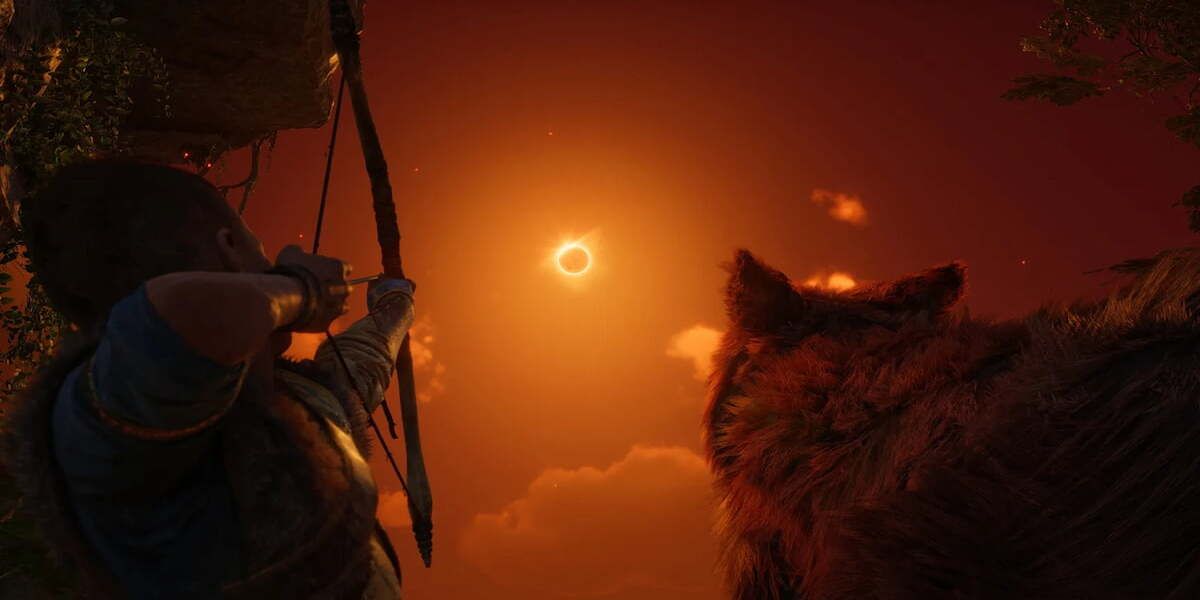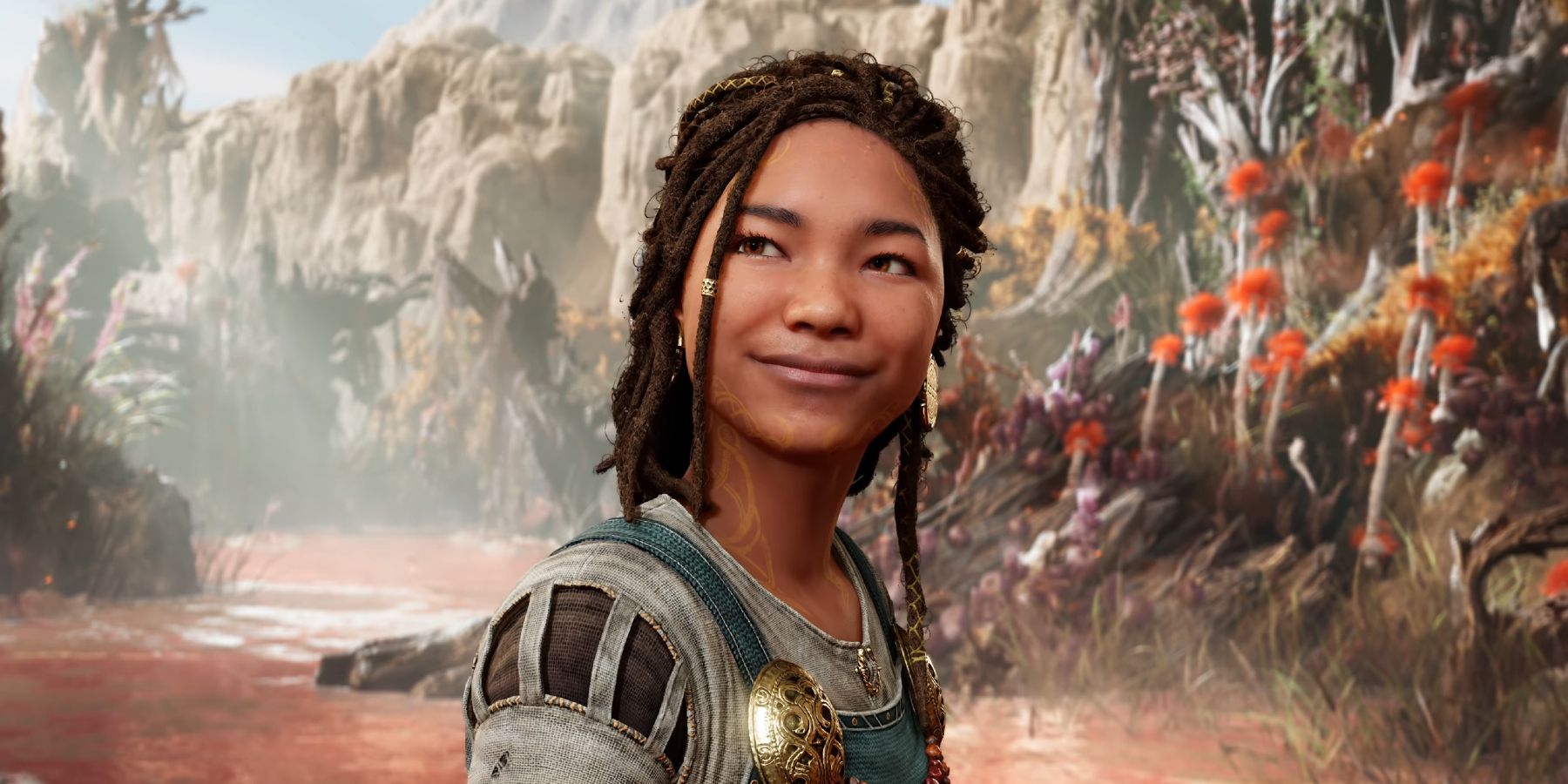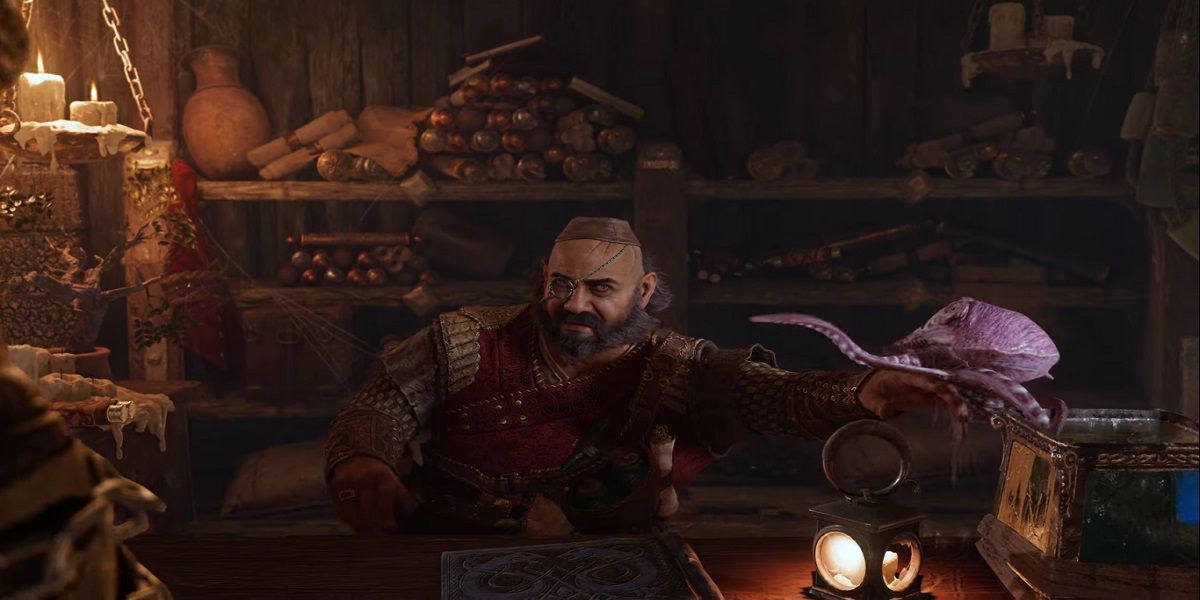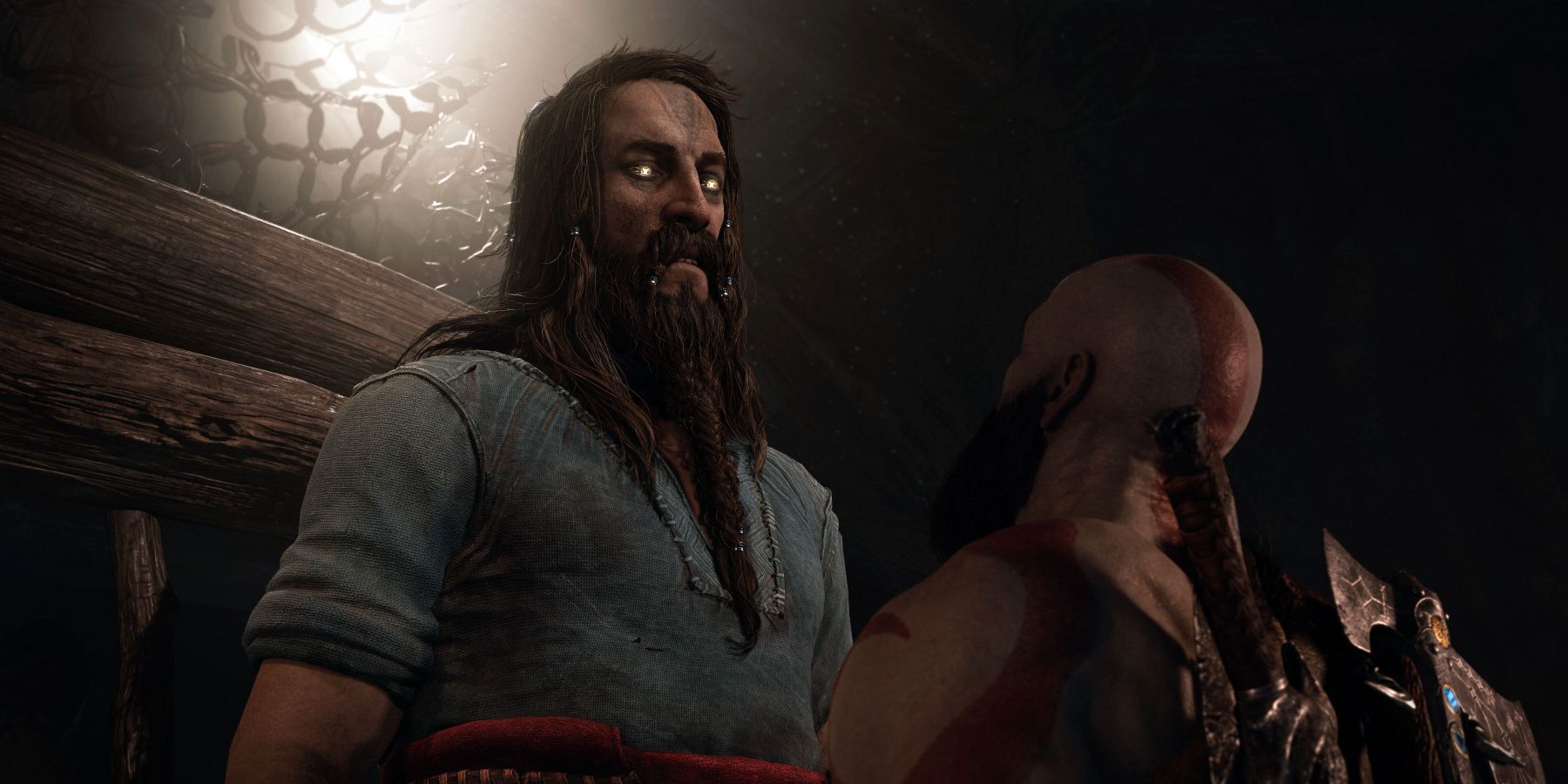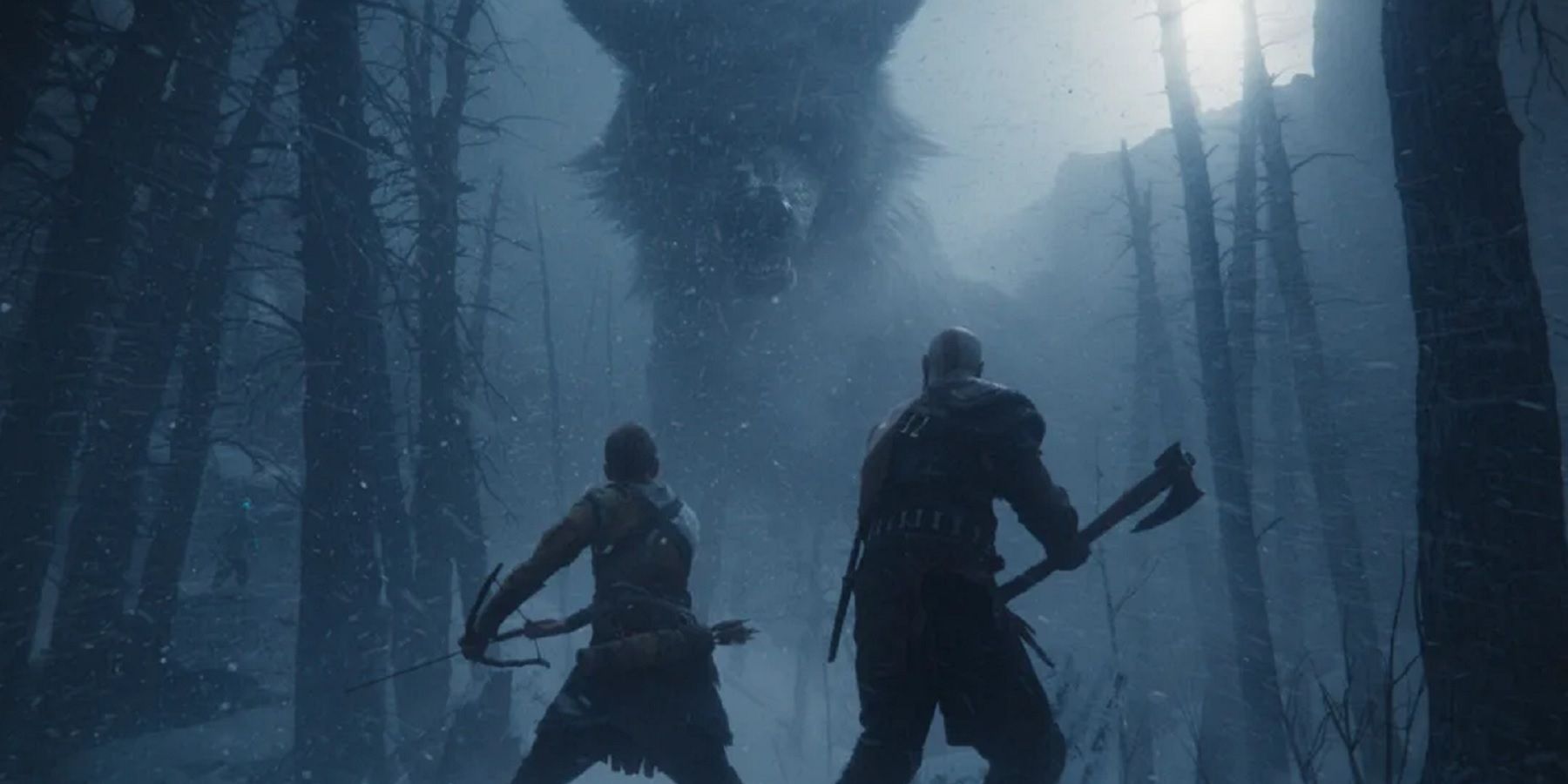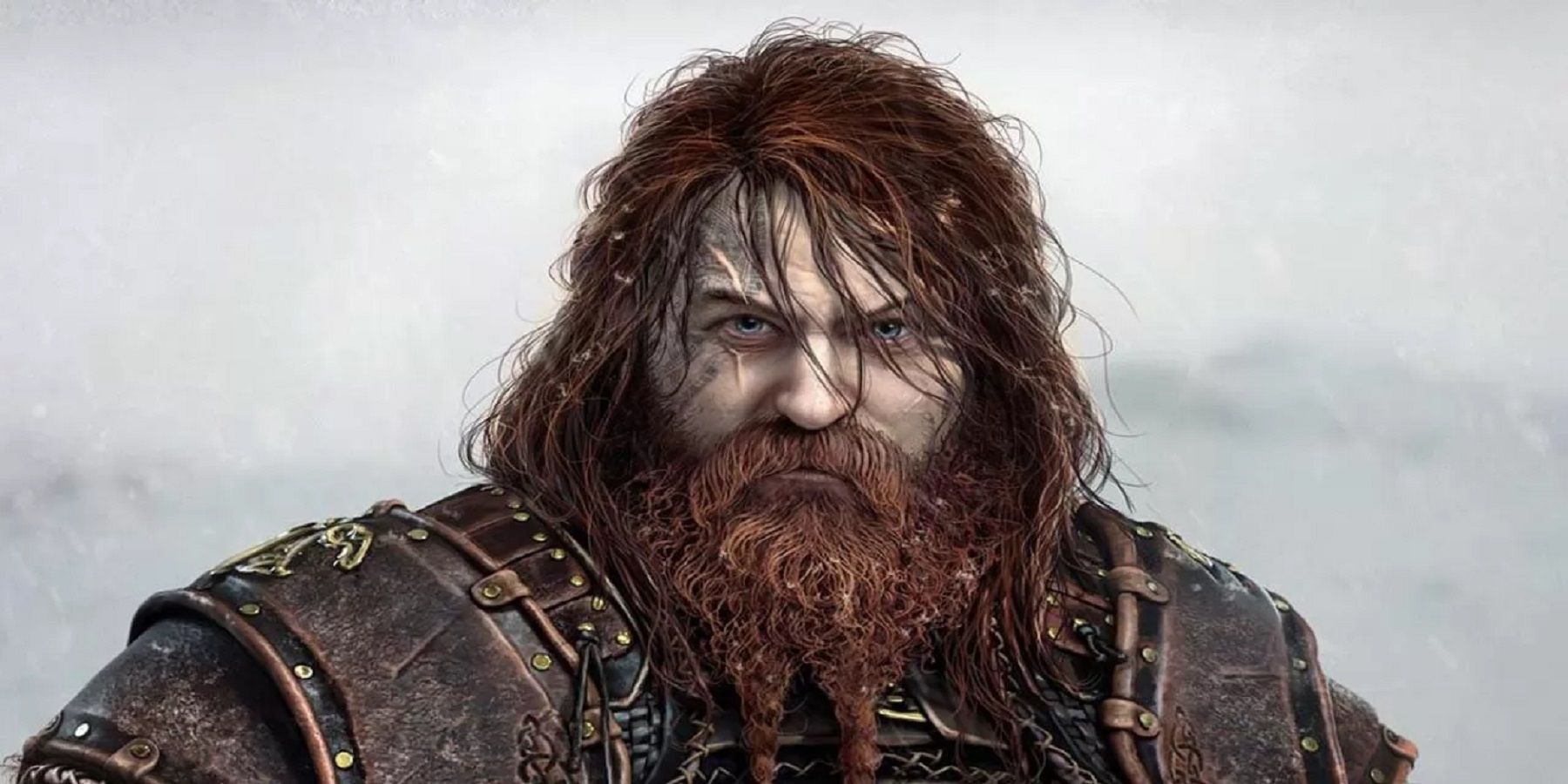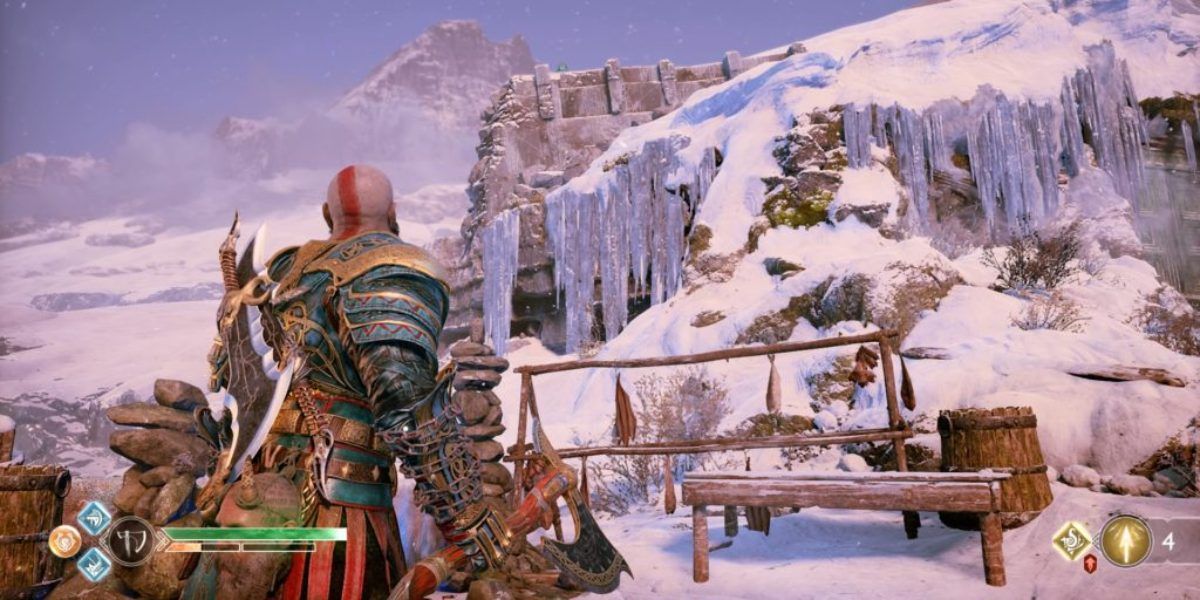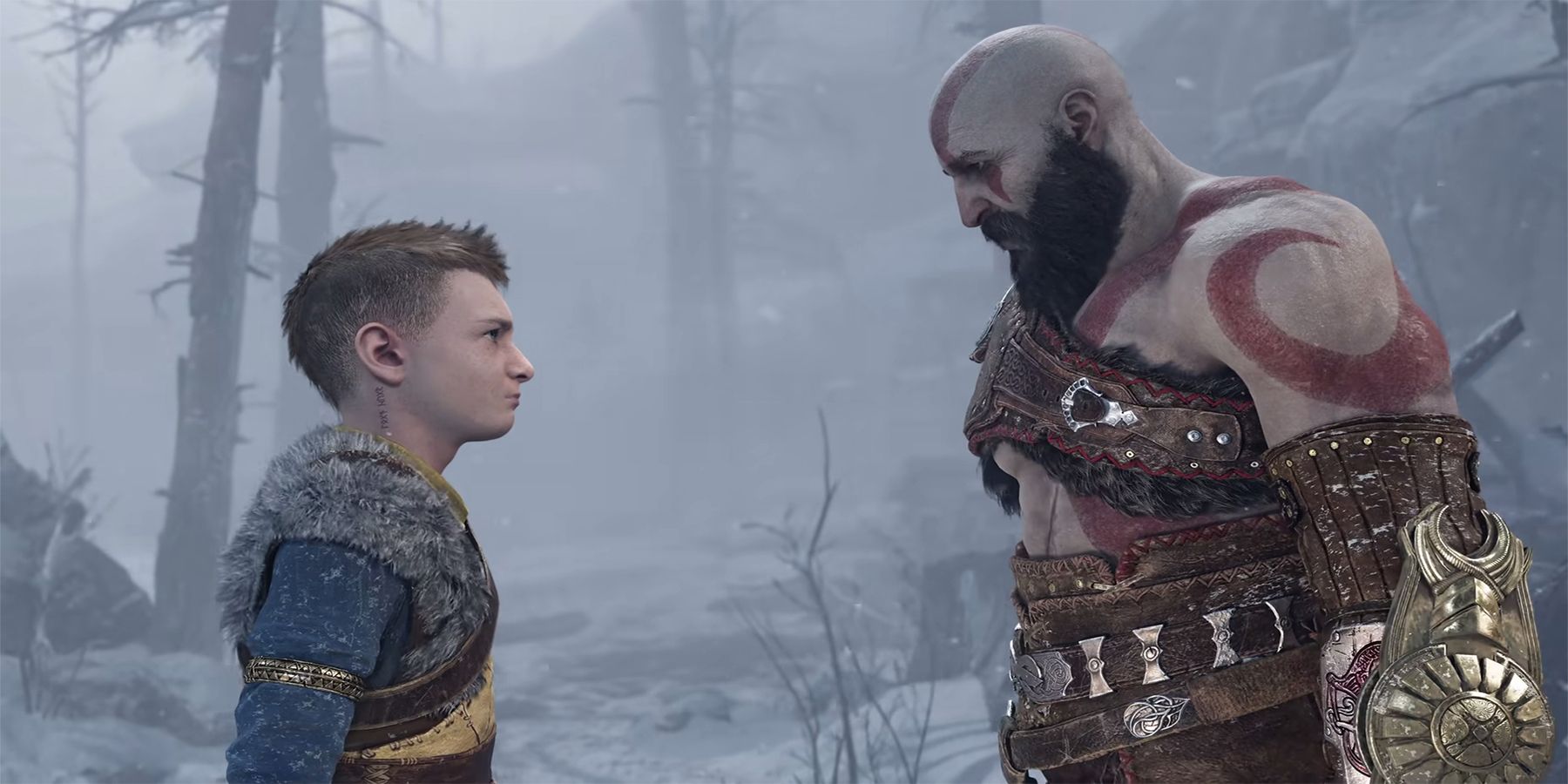There are innumerable reasons to get excited about November's upcoming sequel to the sublime 2018 God of War soft reboot. The Nordic reimagining of the once Greek-focused series reinvigorated a franchise for a new audience and for a new era, introducing a raft of fresh locations, characters, and perils for Kratos and his son Atreus to contend with. Thanks to the boundless imagination and twisted sensibilities that define the strange world of Norse mythology, the canvas onto which God of War was painted was just as vibrant and terrifying as the one the original trilogy had left behind.
Central to this new direction was a host of new gods, the brutal encounters with whom the God of War brand had practically constructed its entire reputation around. God of War (2018) brought in numerous figures from Norse mythology, including the god of light Baldur and Thor's sons Magni and Modi, but there is still a raft of beings, both benevolent and brutal, quite deliberately help back in anticipation of an inevitable sequel.
8 Sköll and Hati
Fenrir might be the wolf that grabs most of the metaphorical headlines when it comes to Norse mythology and the Twilight of the gods, but no less important are the giant creature's twin sons, Sköll and Hati. Both wolves themselves (although not as colossal as their decidedly imposing father), Sköll and Hati, play a huge role in the coming of Ragnarök itself. Each day, the pair would chase the sun and the moon in a desperate attempt to capture their impossible quarry. When they finally succeed, it will mark the beginning of the end of all things as they race across the sky and devour the sun's rays and the moon's shimmering glow.
This is by no means confined to the fantasy of myths and legends. In the most recent trailer for Ragnarök, the pair can be seen sitting alongside Atreus before leaping into the sky and triggering the dawn of the Asgardian apocalypse. It's safe to say, then, that Fenrir's children share the same disdain for the Aesir gods as their embittered and tormented father.
7 Angrboda
Not much is known about Anbrboda's role in God of War Ragnarök aside from multiple indications that she will act as a benevolent figure who will aid Kratos and Atreus in their quest for survival, answers, and, possibly, Armageddon. As Angrboda teases at the end of the 2021 PlayStation Showcase trailer: "you'll get your answers soon enough. Well, some of them."
Angrboda's role in Norse myth may be a little more helpful in shedding light on her potential role in November's upcoming sequel. According to legend, Angrboda is, in fact, a jötunn and the lover of Loki, with whom she has three children: the World Serpent Jörmungandr, the great wolf Fenrir, and Hel, goddess of the underworld. Much like Sköll and Hati, then, it's safe to assume that the young jötun isn't exactly on Odin's side.
6 Durlin
As far as mysterious figures go, Durlin is somewhere near the top. All we know of the cheerful-looking dwarf comes from a few hints from mythological canon and his short appearance in 2022's State of Play Trailer from mid-September.
Durlin is clearly a dwarf and, like most dwarves, plies his trade as a craftsman and a smith, although his skill, when compared to Brok and Sindri, is unclear. What is clear is that Durlin has an unmistakably strange choice in pets, boasting a pink "squidopus" on his shoulder that presumably helps him perform his various duties and finish his assorted projects. According to the brains at Santa Monica, Durlin's strangely endearing pet is named Dínner. Obviously.
5 Tyr
According to Germanic and Norse mythology, Tyr is one of the gods of war, a hugely powerful figure known not only for his strength and fortitude in battle but for his wisdom, benevolence, and, quite unusually for a Norse god, his relative kindness. According to Mimir, the Norse god of war is lawful and just, a deity who used his strength and skill to prevent wars rather than to ignite conflict. “So there are good gods?” asks Atreus to his decapitated guide. “Once in a moon, it’s been known to happen, yes,” responds Mimir with a decidedly rueful tone.
Tyr’s most famous exploits relate to Fenrir, the great wolf teased in Ragnarök’s promotional materials and a potentially huge player in the coming end of the Asgardian age. During the binding of Fenrir, Tyr loses his hand by placing it in the wolf's mouth as an assurance that the massive creature was not being tricked. What’s interesting about Tyr’s appearance in both full Ragnarök trailers is, as many eagle-eyed viewers have pointed out, the fallen god has both of his hands still intact, implying that his binding of Fenrir, in this timeline at least, has not yet occurred.
4 Fenrir
According to Nordic myth, Fenrir is the son of Loki and Angrboda and the brother of Jörmungandr and Hel. From birth, it is foretold that it will be Fenrir who will usher at the end of the Aesir, devoring Odin and sealing his fate at the hands of Ragnarök itself. Odin's son Vidar avenges his father by killing Fenrir as the world is reborn, but it's little wonder that Havi is so preoccupied with what to do with the creature he knows will inevitably cause his own demise.
Odin is forbidden from killing Fenrir within the bounds of Asgard, but he is able, according to myth, to bind the huge wolf using Gleipnir, a sort of cord composed of "impossible" elements such as the roots of a mountain and the spit of a bird. This could be how Kratos and Atreus find Fenrir at the start of Ragnarök, although Tyr's retaining of both hands would indicate that the wolf has yet to undergo his binding in the first place.
3 Thor
The most famous Norse god of them all and, by the looks of it, the most fearsome. Thor's reputation in Nordic canon is at a significant remove from his appearances in the Marvel comics and movies, so much so that placing the duo side by side renders one practically unrecognizable to the other.
Marvel's Thor has only grown increasingly heroic and some would say cartoonish as he has grown into an integral pillar of the MCU, whereas the Thor of the Norse sagas and Edda has a far meaner streak than his blonde-haired Antipodean counterpart. Mythological Thor is brutal, mighty, and simple-minded with an iron will and an insatiable appetite, and while he's by no means an evil or reprehensible figure, there's no mistaking him as anything approaching the modern definition of a hero. If Ragnarök's version of Thor is anything to go by, the god of thunder is not someone to be messed with on a cold dark night in Asgard.
2 Odin
It seems fitting that for a god with a reputation for blending into crowds and using disguises to mask his godly appearance, Odin is yet to make a full appearance in the "rebooted" God of War saga. Certainly, the most powerful and significant of all the Norse gods has been spoken about, often in hushed, fearful, or even hate-filled terms, but as far as we can tell, the calculating All-father is yet to show his actual face.
Odin's presence, however, can always be felt. There's a lovely theme running throughout the first game that implies a sense of surveillance running throughout Asgard and the realms beyond, hinting that Odin's single-eyed gaze is always there, always watching, always waiting, always planning. Odin may not have revealed himself to Kratos or Atreus, but his presence looms over the world they both inhabit like an invisible aura, or, as some might see it, a plague.
1 Loki
This is a bit of an odd entry, admittedly, but it's certainly well worth noting that Loki's position in the God of War universe seems utterly paradoxical. As is revealed at the end of the 2018 reboot, Atreus and Loki are one and the same, meaning that Kratos' own son is the god of mischief, even though Norse mythology places Loki's parents as being Fárbauti, a jötunn giant, and Laufey, a mysterious figure whose origins are unclear. How Kratos fits into all this when we know that he is (supposedly) Atreus' father is unknown, but the implication does seem to be that Laufey is indeed the boy's mother in this timeline too.
While we may have seen plenty of the child-god Atreus in 2018's thrilling action adventure, he is yet to take on his true form as Loki. Does Atreus know that he is, in fact, the god of mischief, and is this part of a grander scheme on the part of Laufey's son to topple the gods as vengeance for their treatment of his children, especially the giant wolf Fenrir? Here's hoping that Ragnarök gives us the answers we so desperately need.
God of War Ragnarök is scheduled to release on November 9, 2022, on PlayStation 4 and PlayStation 5.

